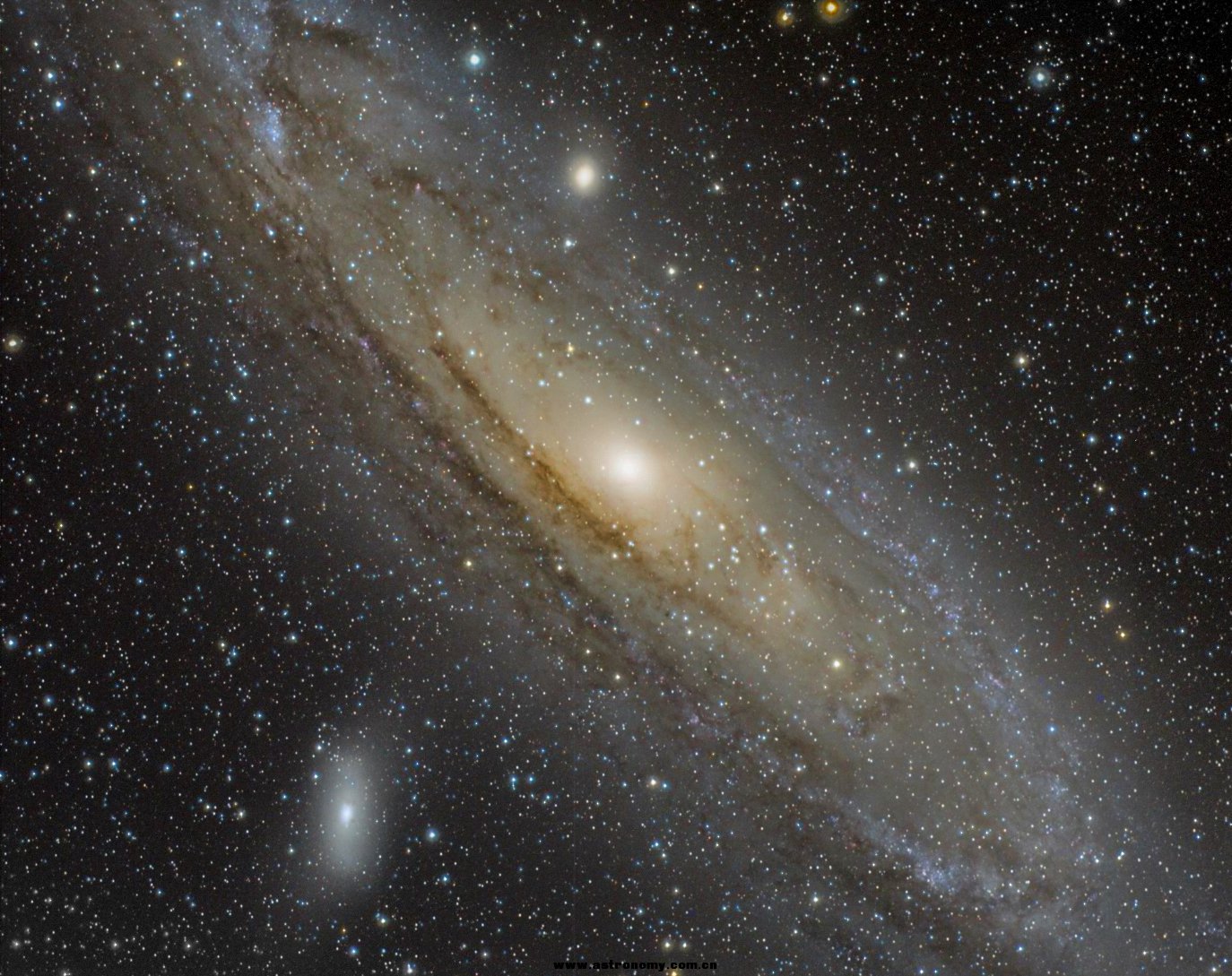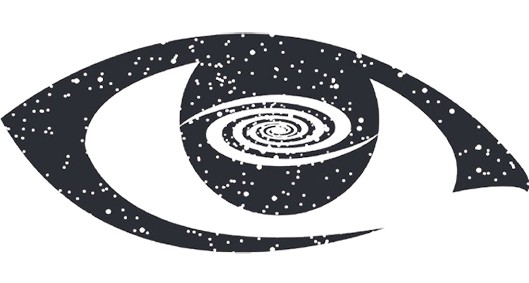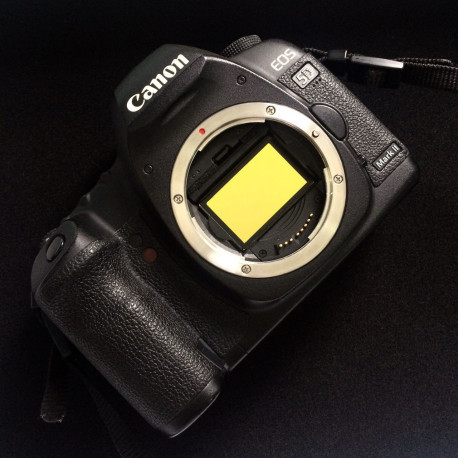No products
Prices are tax included
Optolong L-Pro EOS-FF clip light pollution filter
Optolong CLS-CCD clip EOS
New product
Optolong L-Pro EOS-FF clip light pollution filter
L-Pro multiband clip filter for full-frame Canon cameras. Improves contrast while preserving color balance for galaxies and reflection nebulae.
2 Items
Available.
More info
Optolong L-Pro EOS-FF clip light pollution filter
DESCRIPTION
The Optolong L-Pro EOS-FF clip filter is a multiband light pollution suppression filter designed for deep-sky astrophotography in light-polluted or suburban skies. It clips directly into full-frame Canon DSLR bodies. Unlike UHC or CLS filters, the L-Pro offers wide, balanced transmission that maintains natural colors in broadband objects like galaxies, reflection nebulae, and globular clusters.
It selectively reduces transmission of light from common artificial sources (mercury vapor, high and low-pressure sodium) and natural skyglow caused by atmospheric oxygen. Meanwhile, it preserves high transmission in key nebular emission lines: OIII (496/500 nm), H-beta (486 nm), NII (654/658 nm), H-alpha (656 nm), and SII (672 nm). This makes the L-Pro suitable for both imaging and visual observation of faint targets.
The filter also blocks infrared, allowing safe use for luminance (“L”) imaging with CCDs. It does not increase brightness, but significantly enhances contrast. Warning: this filter is not designed for solar observation.
TECHNICAL SHEET
-
Manufacturer: Optolong
-
Model: L-Pro EOS-FF clip
-
Type: Multiband light pollution filter
-
Format: Clip for Canon full-frame sensors
-
Passbands:
-
OIII (496 nm, 500 nm)
-
H-beta (486 nm)
-
NII (654 nm, 658 nm)
-
H-alpha (656 nm)
-
SII (672 nm)
-
-
Blocked bands: Mercury vapor, sodium vapor, atmospheric oxygen glow
-
Use cases:
-
Galaxies
-
Globular clusters
-
Reflection nebulae
-
Star fields
-
-
Compatibility: Visual and photographic use
-
IR blocking: Yes
-
WARNING: Not for solar observation
-
Packaging:
-
Outer box: silver
-
Inner case: PP plastic
-
Lining: high-density white EVA foam
-
User gallery
 |
|
Author: 有翅膀的眼睛 |
 |
| Author: 星河小将(China) Mount: iOptron CEM25 Optics: Sharp Star 65Q CCD: Atik460 Filter: Optolong L-pro Total exposure: 135 mins |
 |
| Author: 星河小將 (China) Mount: iOptron CEM25 Optics: Sharp Star 65Q CCD: Atik460 Filter: Optolong L-pro Total exposure: 105 mins |







